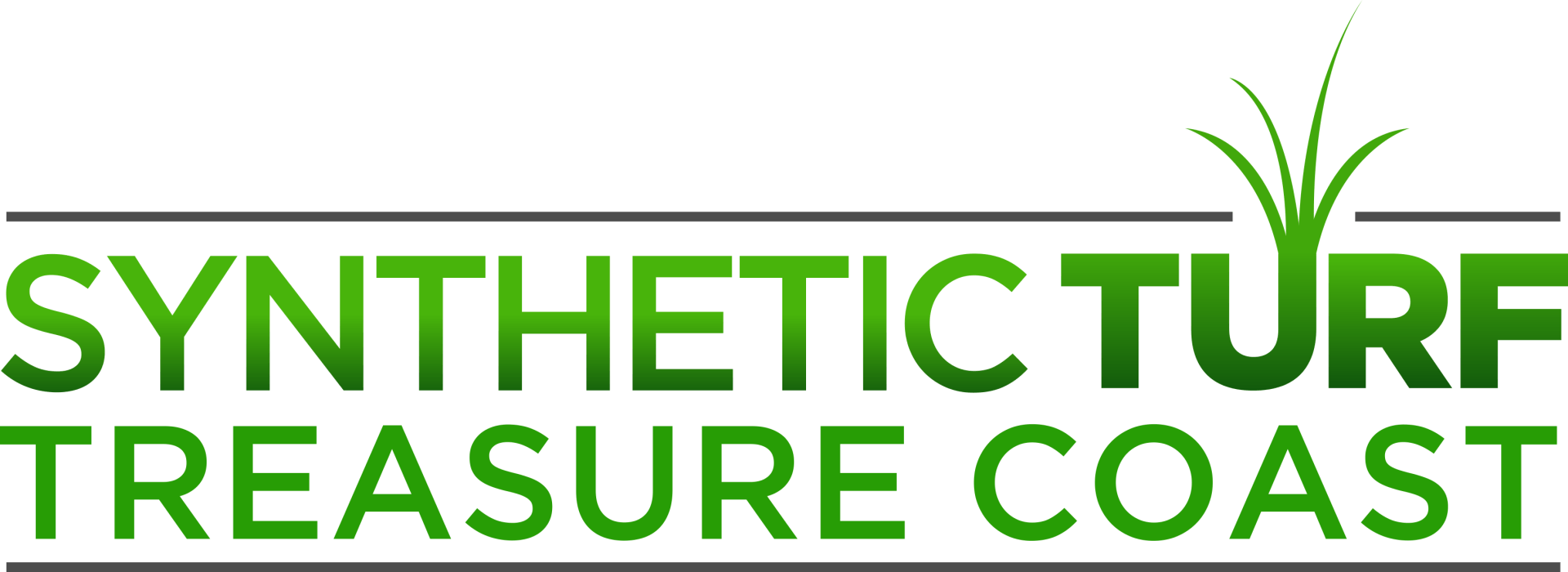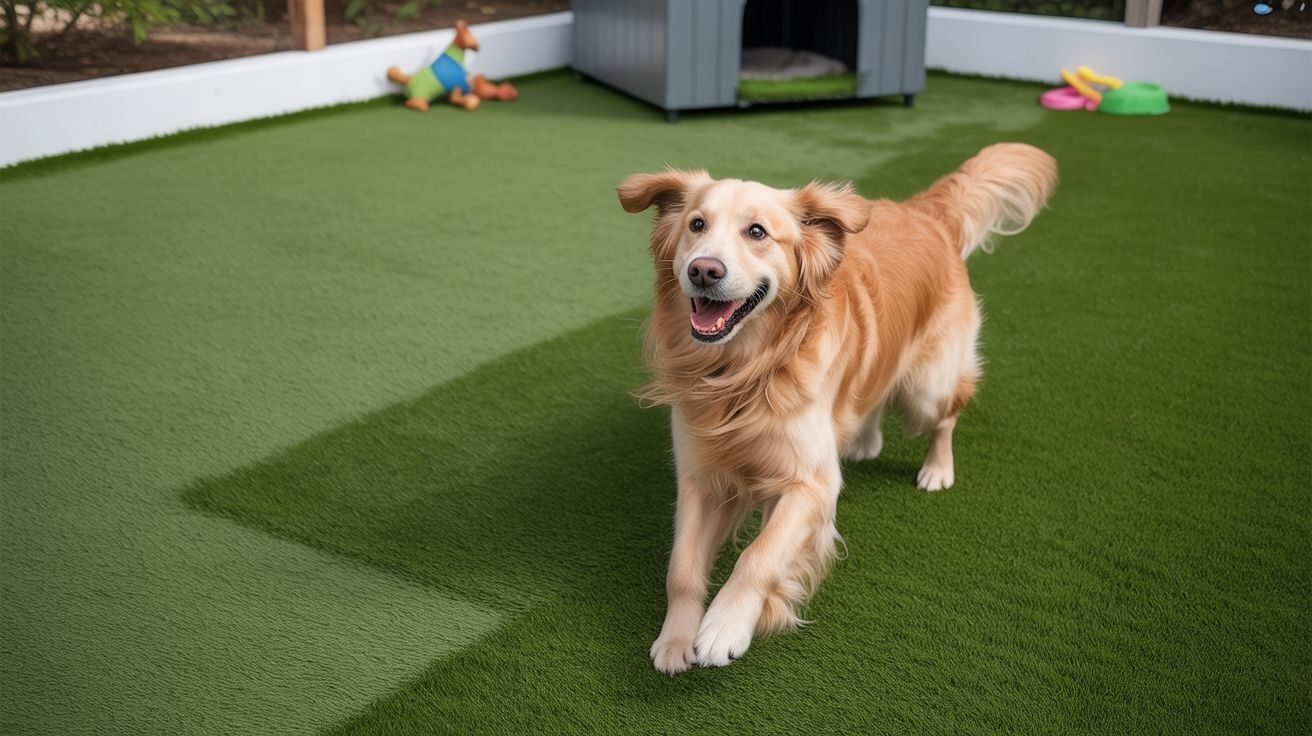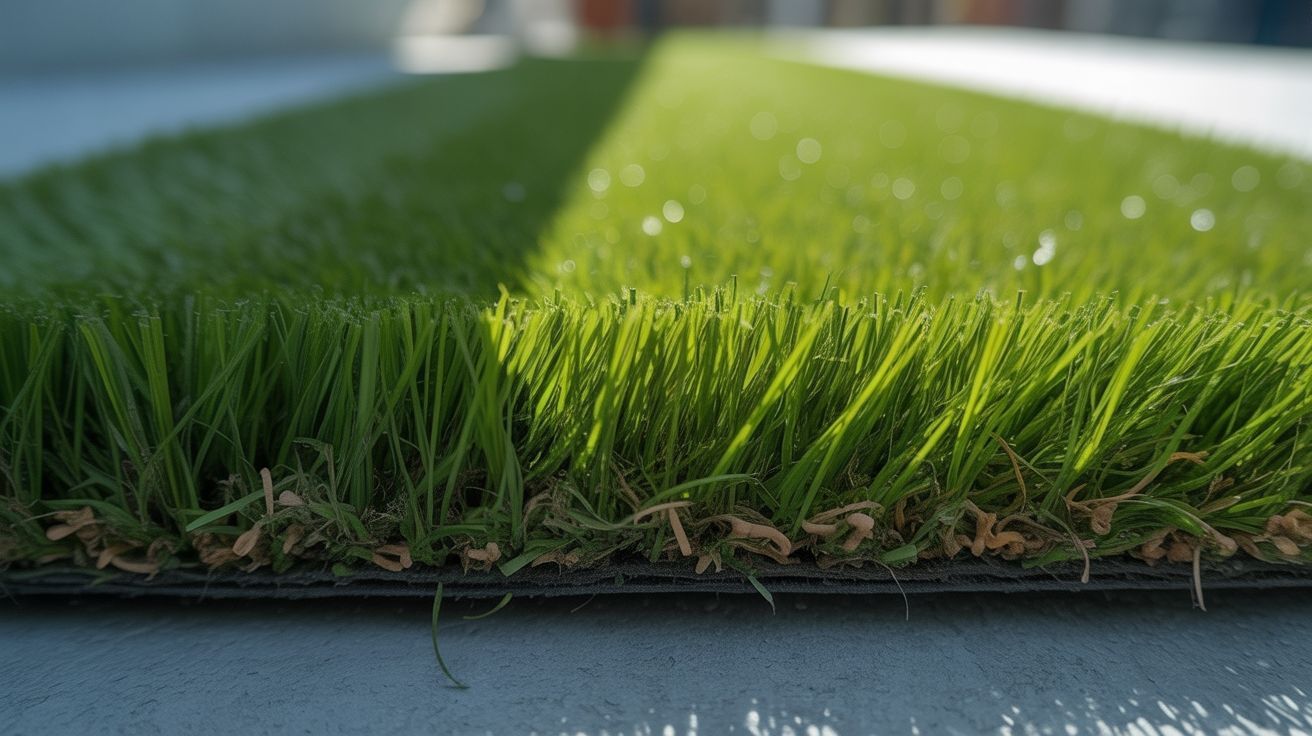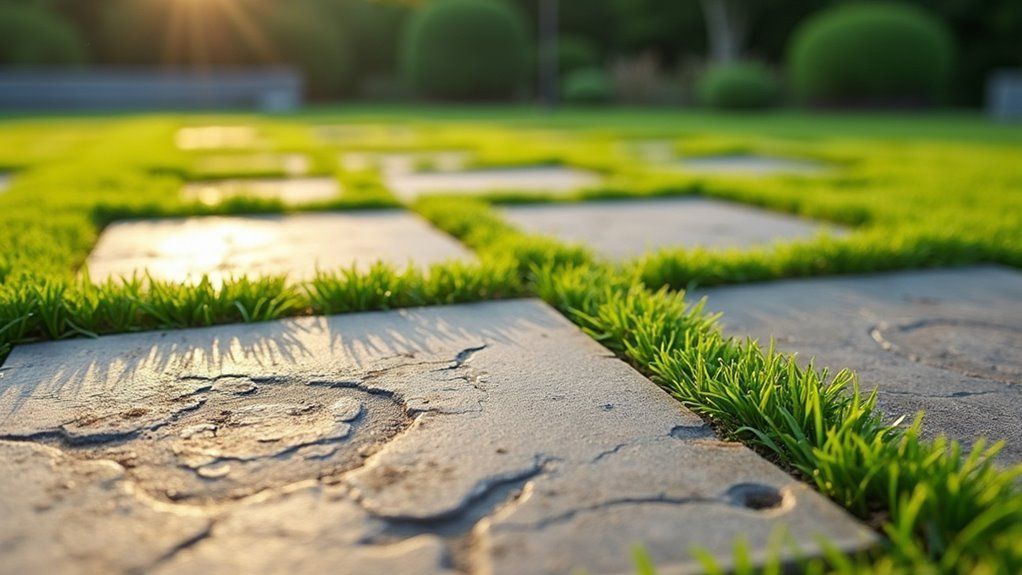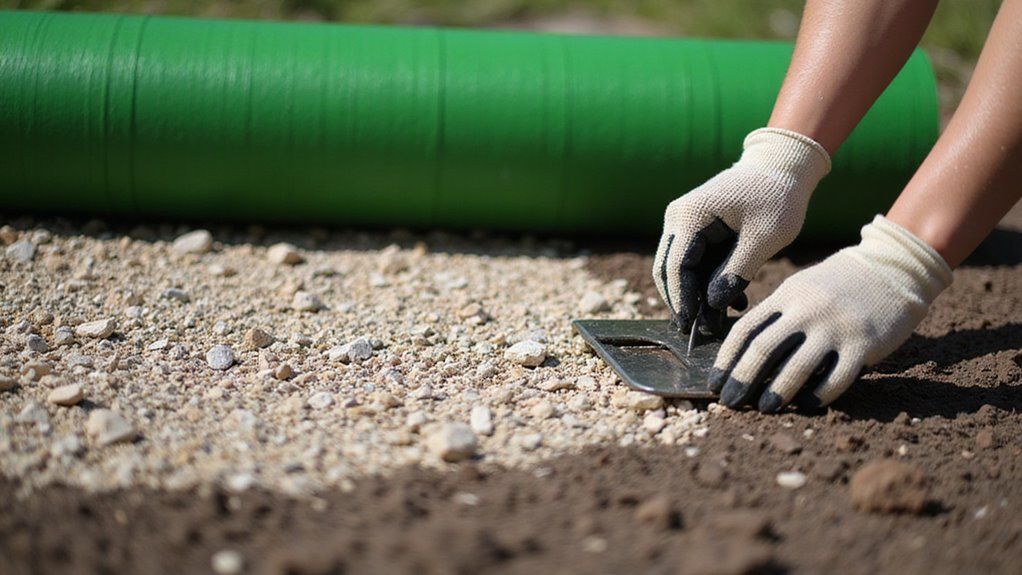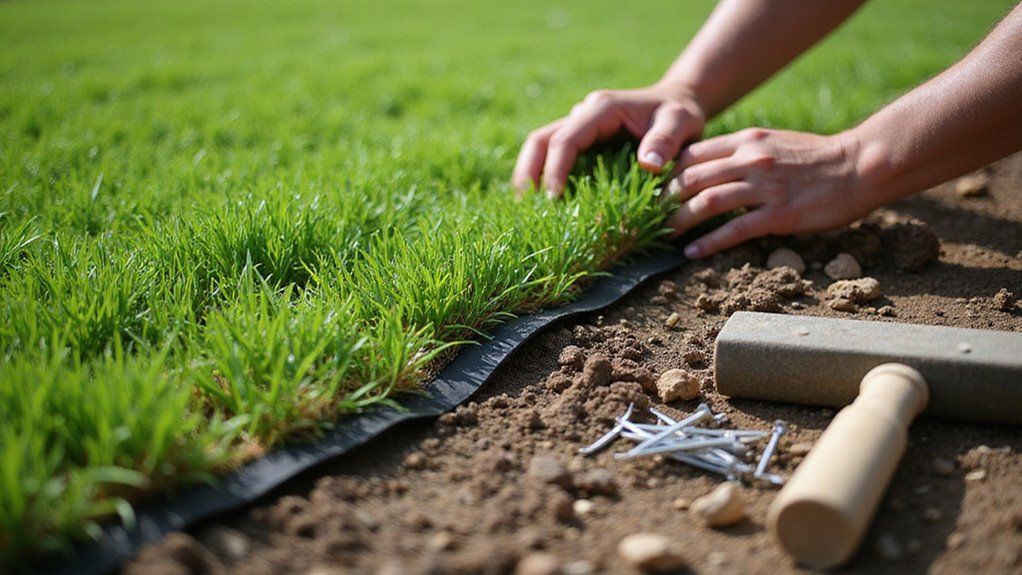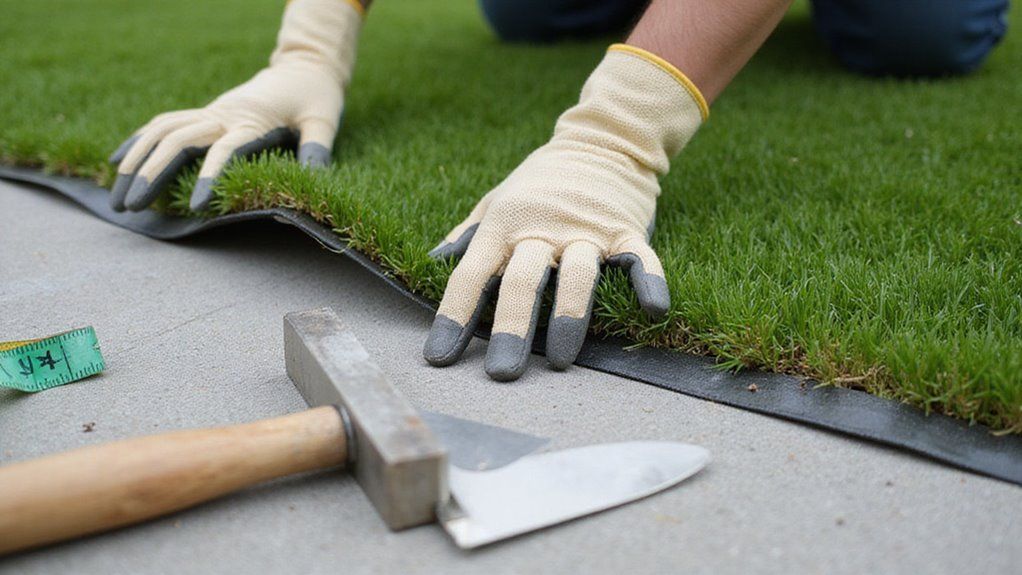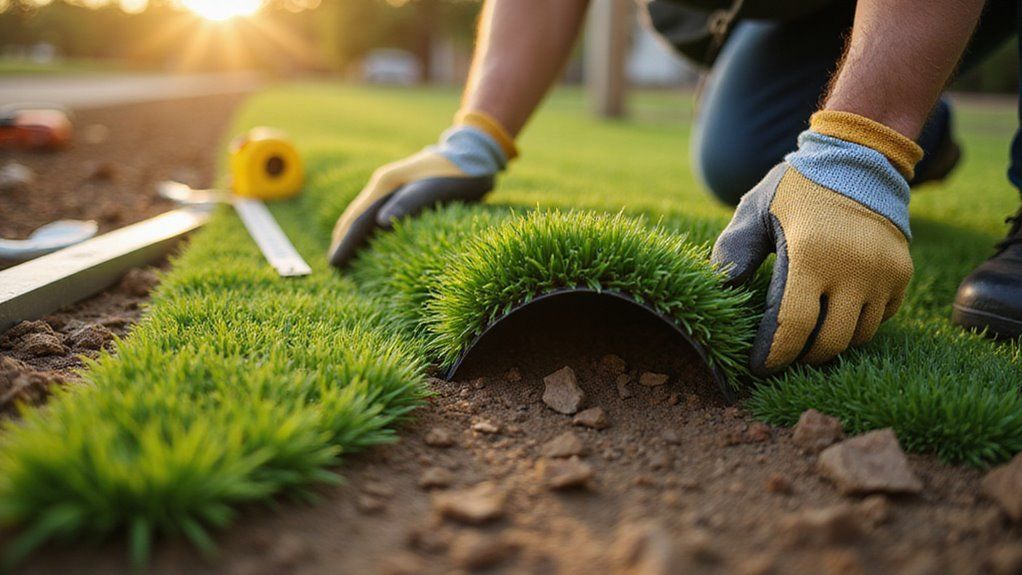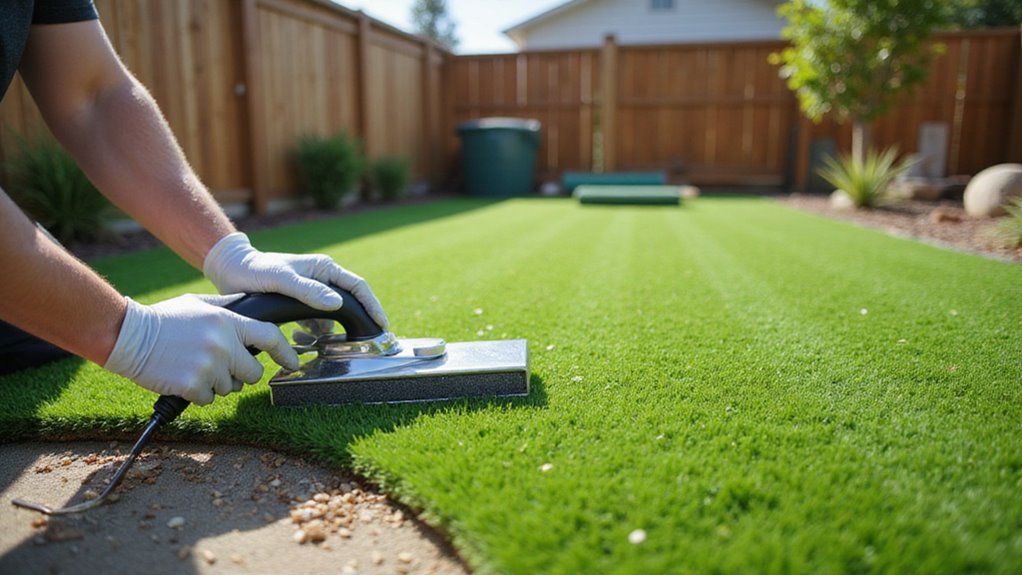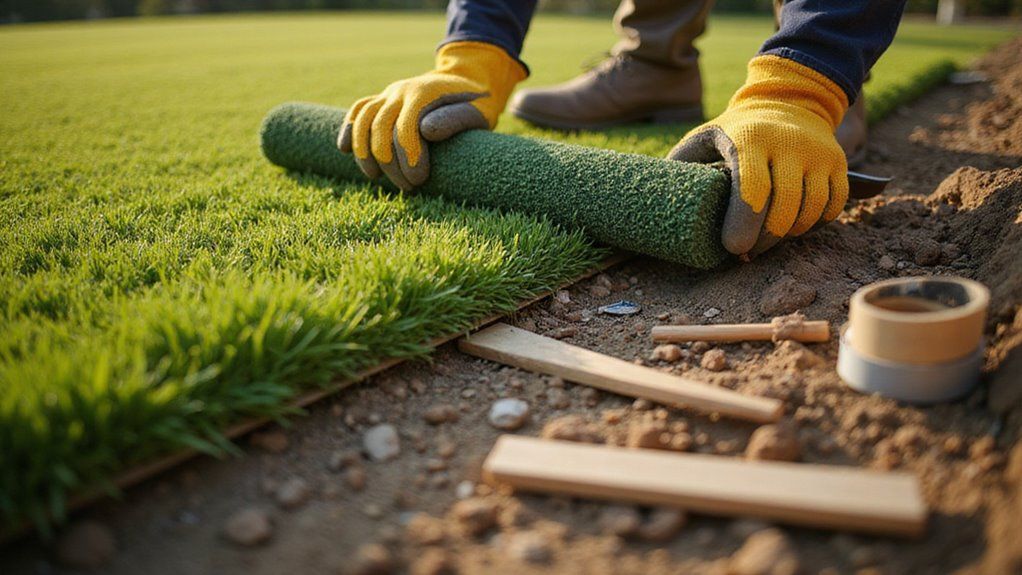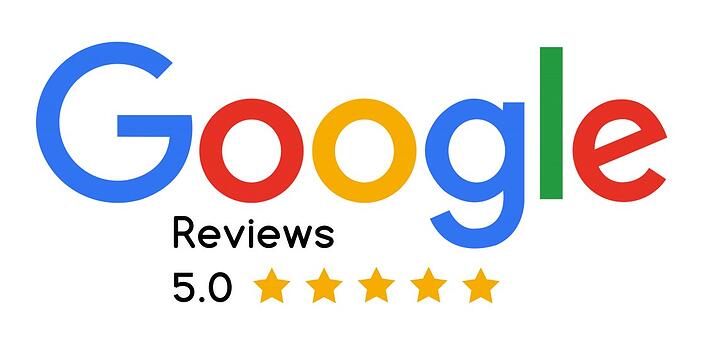Artificial Grass: Pros and Cons
Artificial grass is a synthetic product miming natural grass's appearance and feel. It gets commonly used in residential and commercial settings as an alternative to real grass. Artificial grass has many advantages over natural grass, including a reduced need for water and maintenance and the ability to withstand heavy foot traffic. Artificial grass is also resistant to pests and weeds and is often used to create low-maintenance, lush-looking lawns and gardens. Further, it gets used by everyone. Lack of space doesn’t mean you can’t get a small lawn in your home. If you haven’t already guessed, we are talking about the artificial grass. Also known as faux grass or artificial grass turf, it has lately gained significant popularity among the city dwellers. But is it really worth it? (1)
History
The first artificial turf was created in the late 1960s. This early synthetic grass was made from nylon and was used primarily in professional stadiums and arenas. The first artificial turf was introduced for residential use in the 1970s. Since then, several advances in artificial grass technology have been made, including introducing polyethylene and polypropylene, making artificial grass more durable and less prone to fading.
Advantages of Artificial Grass
There are many advantages of artificial grass. Getting a good turf installer is essential to ensure one gets all the benefits. Some of the advantages include:
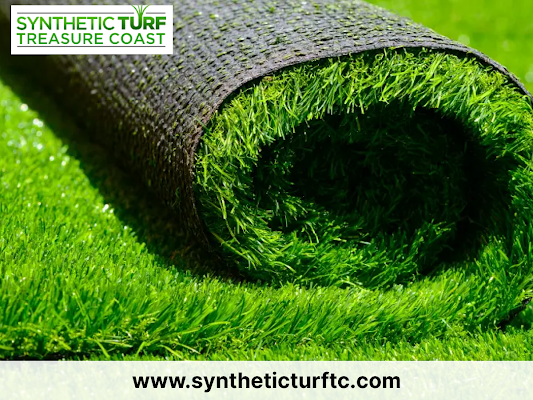
Low Maintenance
One of the primary advantages of artificial grass is that it requires very little maintenance. Unlike natural grass, which must get mowed, watered, and fertilized,
artificial turf maintenance requires no such upkeep. Furthermore, it is not subject to the same pests and diseases that can afflict natural grass, making it a much more reliable solution. In addition, artificial grass does not need to get replaced as often as natural grass, saving time and money in the long run. Similarly,
artificial turf maintenance companies
charge little for their services.
Saves Water
Artificial grass does not require water, a significant advantage for living in areas with water restrictions. It also means that one doesn't need to worry about one's water bill, as artificial grass does not need to get watered. It can save both money and time in the long run.
Environmentally Friendly
Unlike natural grass, artificial grass does not require pesticides or fertilizers. It makes it a much safer and more environmentally friendly option. It also eliminates the need for fuel-powered lawnmowers, which can produce harmful emissions.
Long-Lasting
Artificial grass gets designed to withstand the elements and last for many years. It is resistant to wear and tear and can withstand heavy foot traffic, making it a more reliable and long-lasting option than natural grass.
Realistic Appearance
Another advantage of artificial grass is its realistic appearance. With technological advances, synthetic grass can look almost indistinguishable from natural grass. It is also available in various colors and textures, making it easy to find a product that will suit every need. One however needs to select a good
turf Installer.
Cost-Effective Solution
Finally, artificial grass is a much more cost-effective solution than natural grass. While the initial cost may be higher, the long-term savings can be substantial. Artificial grass does not need to be replaced as often as natural grass and does not require expensive maintenance like mowing and watering.
Disadvantages of Artificial Grass
While artificial grass has many advantages, some drawbacks get considered before installing it.
Environmental Concerns
Artificial grass's most significant environmental concern is its contribution to plastic pollution. Artificial grass often gets made from polyethylene, a type of plastic that does not degrade in the environment. As a result, it can take decades for artificial grass to break down. It means that it can accumulate in landfills, creating additional environmental problems. Additionally, producing artificial grass requires toxic chemicals, including lead, sulfur, and other heavy metals, which can leach into the soil and water if not properly managed.
Another environmental concern associated with artificial grass is its potential to increase water consumption. Artificial grass requires more water than natural grass to maintain its appearance, as it does not absorb moisture like natural grass. It can lead to an increase in water usage and can also lead to a decrease in water quality, as the chemicals used in the production of artificial grass can leach into water sources.
Finally, artificial grass can be a source of air pollution, as it emits volatile organic compounds, or VOCs, when heated by the sun. These VOCs can contribute to air pollution and can have adverse health effects on humans.
Health Risks
The health risks associated with artificial grass are primarily related to the materials used in its production. As mentioned above, producing artificial grass requires using toxic chemicals like lead, sulfur, and other heavy metals. These chemicals can leach into the soil and water, potentially contaminating food sources and posing a risk to human health. Additionally, these chemicals can be released into the air through VOCs, as mentioned above, which can lead to respiratory issues and other health problems.
Another potential health risk associated with artificial grass is the risk of skin irritation. Artificial grass gets made of synthetic fibers, which can cause skin irritation and allergic reactions in some people. Additionally, artificial grass can become hot in direct sunlight, which can cause burns or other skin issues.
Finally, artificial grass can be a source of mold, mildew, and bacteria, as it does not allow for natural drainage. It can lead to an increase in allergies and other health problems.
Financial Costs
In addition to the environmental and health risks associated with artificial grass, there are also financial costs to consider. Artificial grass is typically more expensive than natural grass due to the cost of materials and installation. Additionally, artificial grass requires more maintenance than natural grass, which can lead to additional fees. For example, synthetic grass requires periodic cleaning and may need to be refilled with sand or rubber infill every few years.
Conclusion
In conclusion, artificial grass has many advantages, such as low maintenance requirements, durability, cost-effectiveness, and environmental friendliness. However, it also has some drawbacks, such as the potential for ecological damage, the need for regular cleaning and maintenance, and its potential to be uncomfortable to walk on. Ultimately, using artificial grass should be based on the individual's needs and situation.
About the author
Kathy Leavell
Kathy Leavell is the founder and owner of Synthetic Turf Treasure Coast, a leading provider of synthetic grass solutions for residential and commercial properties in Florida. With over a decade of experience in the industry, Kathy has become a recognized expert in synthetic turf installation, maintenance, and repair. Under her leadership, Synthetic Turf Treasure Coast has earned a reputation for exceptional customer service and high-quality workmanship.
Prior to starting her own business, Kathy worked in sales and marketing roles at several major synthetic turf manufacturers.
